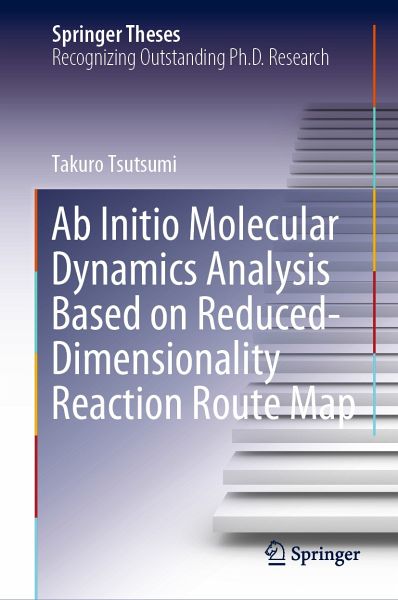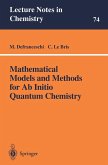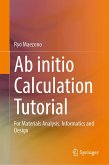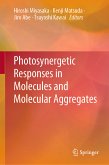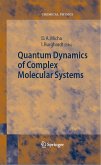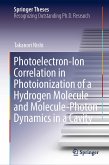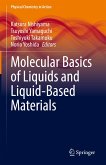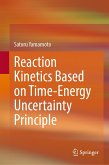This thesis proposes useful tools, on-the-fly trajectory mapping method and Reaction Space Projector (ReSPer), to analyze chemical reaction mechanisms by combining the reaction route map and the ab initio molecular dynamics. The key concept for the proposed tools is the Cartesian distance between pairwise molecular structures, and a practical procedure to get the optimal distance is introduced. The on-the-fly trajectory mapping method tracks the distance function between reference structures and molecular structures along the trajectory. Although this method provides fruitful insight into dynamic reaction behaviors, the visualization of reaction routes into a low-dimensional space is still challenging because of the multi-dimensionality. ReSPer successfully constructs a low-dimensional reaction space defined by mathematically-selected principal coordinates representing mutual distance relationships in the full-dimensional space. ReSPer also enables us to project trajectories into the reaction space in the reduced dimension. In this thesis, these methods are applied to several reactions, including bifurcating and photochemical reactions, revealing dynamically-allowed reaction mechanisms. This thesis provides robust and versatile tools to elucidate dynamical reaction routes on the basis of the reduced-dimensionality reaction route map and will help control chemical reaction dynamics and select descriptors for machine learning.
Dieser Download kann aus rechtlichen Gründen nur mit Rechnungsadresse in A, B, BG, CY, CZ, D, DK, EW, E, FIN, F, GR, HR, H, IRL, I, LT, L, LR, M, NL, PL, P, R, S, SLO, SK ausgeliefert werden.

